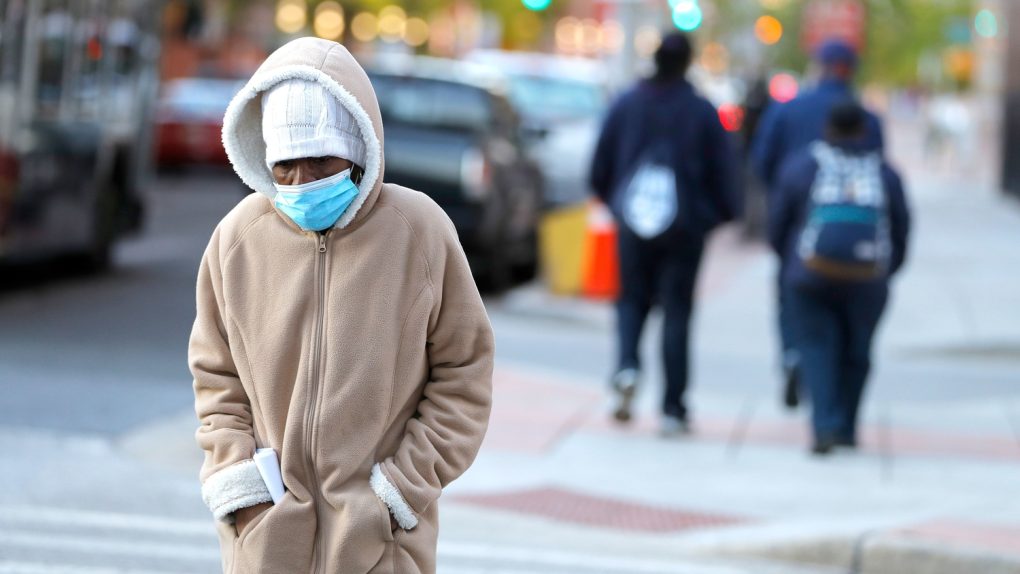- Canada’s approach to reopening after coronavirus and slowly loosening restrictions on social gatherings allows households to pair up and form “double bubbles” that can interact and socialize freely.
- As long as the families or groups of friends in each home don’t branch out of the shared bubble, the risk of a fast-spreading coronavirus infection remains low.
- The technique was tested by New Zealand and has been adopted in some European countries as well.
Many areas of the United States are beginning to roll back restrictions on social gathering and self-isolation. Parks and beaches are reopening, as are restaurants and bars. It might seem like a good thing, but the sad reality is that many of those same areas are already seeing an uptick in the number of new coronavirus cases they’re seeing. Reopening right now, before a vaccine is available, is just foolish.
Meanwhile, Canada is testing an entirely different model for easing restrictions on its population. Some Canadian provinces are trying what they’re calling “double bubbles” to give citizens a bit more breathing room and social interaction while still minimizing the risk of a second wave of new cases.
The concept is very simple: Rather than asking households to remain isolated, each household can choose one other household with which to interact. These pairs have to be exclusive, otherwise the experiment just doesn’t work. The idea is that households of friends or relatives can pair up, experience greater social interaction, and ease some of the tension the pandemic has brought out in all of us.
As long as the members of the households are strict about who they interact with, and only socialize with others in their own home or their “double bubble” partner home, the risk of a fast-moving coronavirus outbreak remains quite small.
As Vox reports, the strategy was pioneered in New Zealand and has been tested in a number of European countries as well. It seems to work, and it’s a good strategy for countries that wish to roll back restrictions but don’t want a second wave of new COVID-19 cases to overwhelm the healthcare systems.
The US, meanwhile, has been fairly lax with its guidelines and mandates regarding things like social distancing and the wearing of protective masks. Some states have completely nixed mandates that were working to slow the spread of the disease, while others are still holding out.
We already know that the states that were bolder in their approach to reopening are feeling the effects and seeing cases rise, so it would make sense for the states that still have lockdowns in place to maintain them. That would be the smart thing to do, but the Federal Government has been anything but smart during this entire saga, and some of the state leadership hasn’t been even worse.








